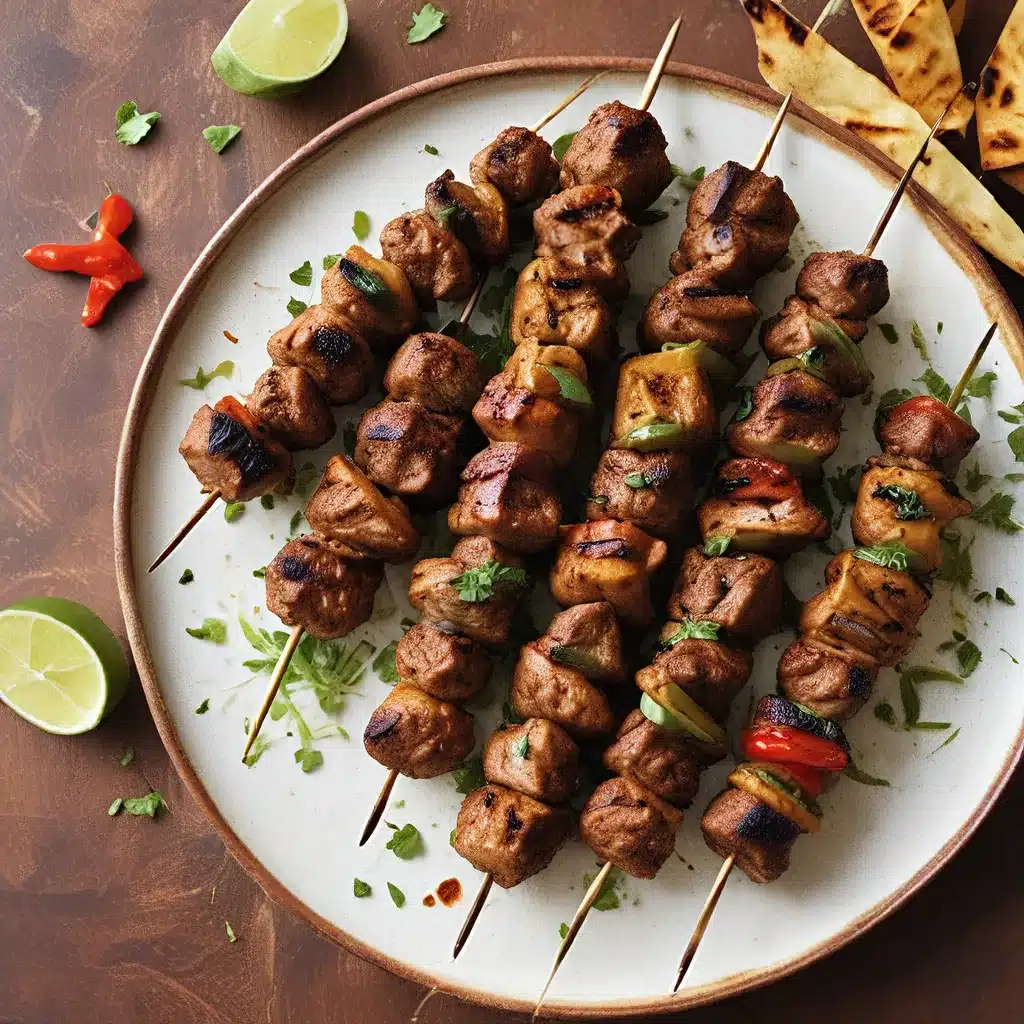
If you’re a pastry lover like me, then you’ve probably tried your fair share of delectable choux-based treats – be it cream puffs, eclairs, or the irresistible profiteroles. But have you ever wondered what makes these pastries so uniquely light and airy? The secret lies in the magical world of pâte à choux.
Unraveling the Choux Pastry Mystery
Pâte à choux, or choux pastry, is a French staple that has been mystifying bakers for centuries. It’s the foundational dough used to create those pillowy-soft, golden-brown pastries that seem to defy gravity. The name itself, “choux,” literally translates to “cabbage” in French, a nod to the pastry’s signature ruffled appearance.
Now, I know what you’re thinking – “Cabbage pastry? That doesn’t sound very appetizing!” But trust me, once you understand the science behind this dough, you’ll be whipping up éclairs and cream puffs like a true Parisian pâtissier. It’s a simple formula of flour, eggs, butter, and water, but the magic happens in the cooking process.
The Science of Choux Pastry
The key to perfect choux pastry lies in the unique way it’s prepared. Unlike traditional doughs that are mixed and then baked, choux pastry is first cooked on the stovetop before the eggs are incorporated. This initial cooking step allows the flour to fully hydrate and the starch to gelatinize, creating a sturdy base that can trap steam during baking.
As the pastry bakes, the moisture in the dough transforms into steam, causing the pastry to puff up and develop those signature airy interiors. The eggs then provide structure, helping the pastries hold their shape and develop a crisp, golden exterior. It’s a delicate dance of science and technique that, when mastered, can yield the most decadent and impressive pastries.
Mastering the Art of Choux Pastry
Now, I know what you’re thinking – “This all sounds so complicated! How on earth do I make perfect choux pastry every time?” Fear not, my baking friends, I’m here to guide you through the process step-by-step.
First and foremost, it’s essential to have the right equipment. You’ll need a sturdy saucepan, a wooden spoon, and a piping bag with a round tip. Home Cooking Rocks has a fantastic selection of pastry-making essentials to help you get started.
Once you’ve gathered your tools, it’s time to dive into the ingredient list. The beauty of choux pastry is that it only requires a handful of pantry staples – flour, butter, water, eggs, and a pinch of salt. The key is to meticulously measure each component, as even the slightest variation can make or break your pastries.
Perfecting the Choux Pastry Dough
To begin, you’ll want to start by combining the water, butter, and salt in a saucepan over medium heat. Bring the mixture to a gentle boil, stirring constantly to ensure the butter melts fully. Once it reaches a rolling boil, remove the pan from the heat and quickly add the flour all at once, stirring vigorously with a wooden spoon.
This is where the magic happens. The flour will initially form a sticky, doughy lump, but don’t be discouraged. Keep stirring and cooking the dough over low heat for about 2-3 minutes, until it begins to form a smooth, glossy ball that pulls away from the sides of the pan. This process, known as “cooking out the raw flour,” is crucial for achieving the perfect choux pastry texture.
Incorporating the Eggs
With the dough prepped and ready, it’s time to add the eggs – the real star of the show. Crack your eggs into a separate bowl and give them a good whisk to incorporate the whites and yolks. Then, slowly incorporate the egg mixture into the choux pastry dough, a little at a time, until you achieve the perfect, pipeable consistency.
This is the trickiest part of the process, as the amount of egg needed can vary depending on factors like humidity and the specific flour you’re using. The goal is to end up with a dough that’s smooth, shiny, and able to hold its shape when piped. If it’s too runny, you can add a bit more flour; if it’s too thick, simply whisk in another egg.
Shaping and Baking the Pastries
With your choux pastry dough perfected, it’s time to get creative! Grab your trusty piping bag and pipe the dough into your desired shapes – whether that’s classic cream puffs, elegant eclairs, or bite-sized profiteroles. Be sure to keep the piping tip close to the baking sheet and pipe the dough with a steady, consistent motion to avoid any unsightly lumps or bumps.
Once piped, lightly brush the pastries with an egg wash and bake them in a preheated oven. The key here is to resist the urge to open the oven door during the first 25-30 minutes of baking. This allows the steam to do its magic, resulting in those beautifully puffed, golden-brown pastries.
And there you have it, my friends – the secret to perfecting pâte à choux pastry. With a little practice and a lot of patience, you’ll be whipping up cream puffs, éclairs, and profiteroles that would make any French pâtissier proud.
So, what are you waiting for? Grab your apron, preheat that oven, and let’s dive into the wonderful world of choux pastry together. Trust me, once you experience the joy of biting into a freshly baked, cream-filled profiterole, you’ll be hooked for life.






